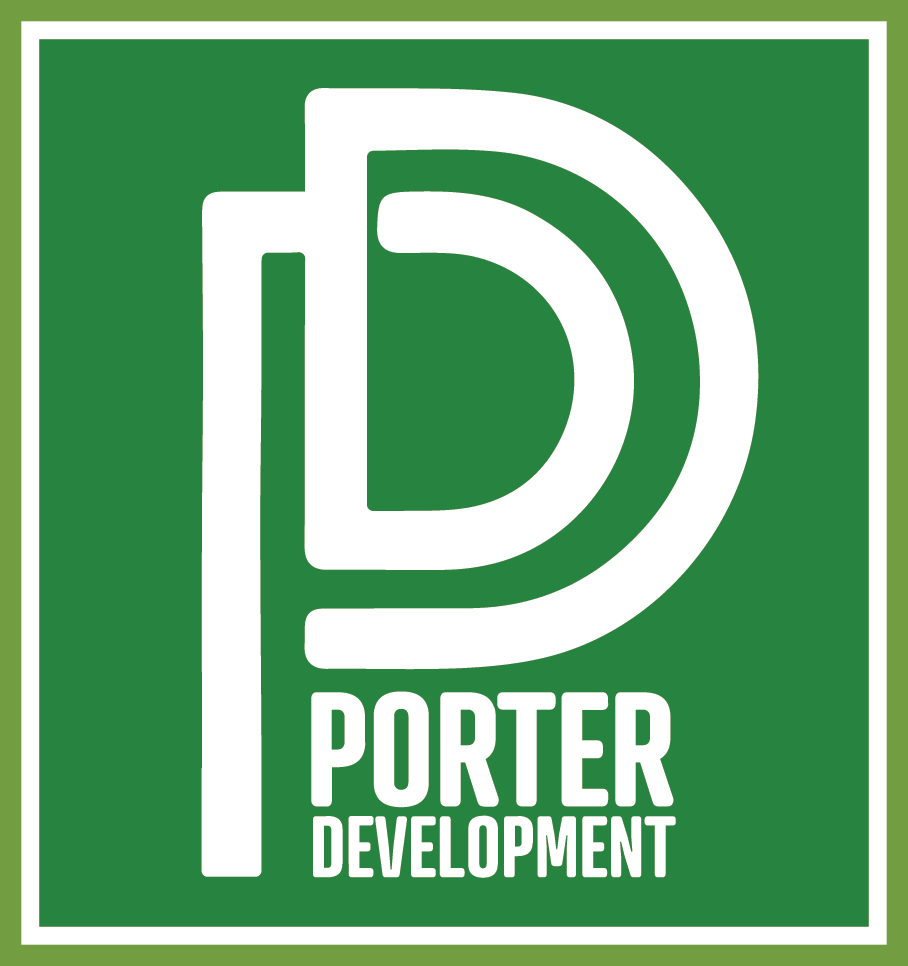From Walter P. to Lester P.
Walter P. Fuller was even more versatile and venturesome than his father. During his lifetime, he owned 3,200 acres of St. Petersburg, 2,500 acres in central Pinellas and built 1,400 houses. After the trolley line opened in December 1913, development of the Jungle area moved swiftly.
Walter P. paid for paving 16 miles of city streets, the West Central subdivisions from 28th Street to the Bay were put on the market, the Sunset Hotel at the corner of Central Avenue and Park Street opened in 1915 (still in use today), and the crown jewel of the Jungle development, the Jungle Hotel, was built at Park Street and 5th Avenue N.
The first golf course, St. Petersburg Country Club, was opened on January 1, 1916 and was later renamed the Jungle Country Club (The hotel and clubhouse are now the Admiral Farragut Academy.)
H. Walter Fuller, born in 1865, was an Atlantan. He came to Tampa in 1883 as a victim of tuberculosis and engaged in citrus farming and coastal trading. His future began to take shape when he moved to Bradenton in 1886 and went into road building and contracting. Fuller, president of Fuller Enterprises, owned and operated an electric street car company in Bradenton, and was put in charge of managing and extending St. Petersburg’s street car lines, which were privately owned.
This began more than six frenetic decades of Fuller enterprises and activities in Pinellas. In the early 20th Century, the Jungle Terrace area became one of the finest vacation destinations in Pinellas County. But before any of this could happen, the western part of town had to be opened for development. A campaign was launched to build a paved road from 9th Street to Boca Ciega Bay. From 1909 to 1917 H. Walter Fuller extended the trolley line west from St. Petersburg’s downtown business district centered on 9th Street and Central Avenue, to Boca Ciega Bay (where the Fullers owned a large amount of land). The first phase was completed to 28th Street in February 1913 and on to Boca Ciega Bay later that fall.
The trolley line was extended the full distance down Central Avenue – seven miles straight across the peninsula to the wilderness area that Walter P. Fuller named "the Jungle" The street turned North to what is now called Park Street and to Elbow Lane. It turned around at Elbow Lane and made the trip back to town. A wooden pier was built in December 1913 at the foot of Elbow Lane. Fuller became a millionaire and is credited with starting the city’s first real land boom from 1911 to 1914.
The hotel even had its own radio station and airport, for WSUN Radio emanated from there and the PiperFuller Airport was the land where Tyrone Square Mall is now located. Al Capone and other notorious characters used the airport for easy access to the Jungle resort area. According to legend, Al Capone was a part owner of the Jungle Prada nightclub. Saffron's Restaurant claims that there is still an un-opened safe in the building that dates back to the Al Capone days.
The Jungle Prada shopping complex (now the Saffron's Restaurant building) was built in 1923-1924 on an Indian burial mound. The complex had a large restaurant, several small stores and a gas station. It had a successful speakeasy named "The Gangplank, which became St. Petersburg's first nightclub. Count Bassie and Duke Ellington played at the Gangplank and Babe Ruth was married there. During the prohibition era, there was a secret underground tunnel leading from the bay to Jungle Prada, which was used by bootleggers. The complex later become Walter Fuller Park in 1972.
In 1970, The City of St. Petersburg acquired the Jungle Park property on 1700 Elbow Lane to prevent commercial development of the site and designated it the Jungle Prada Park.



